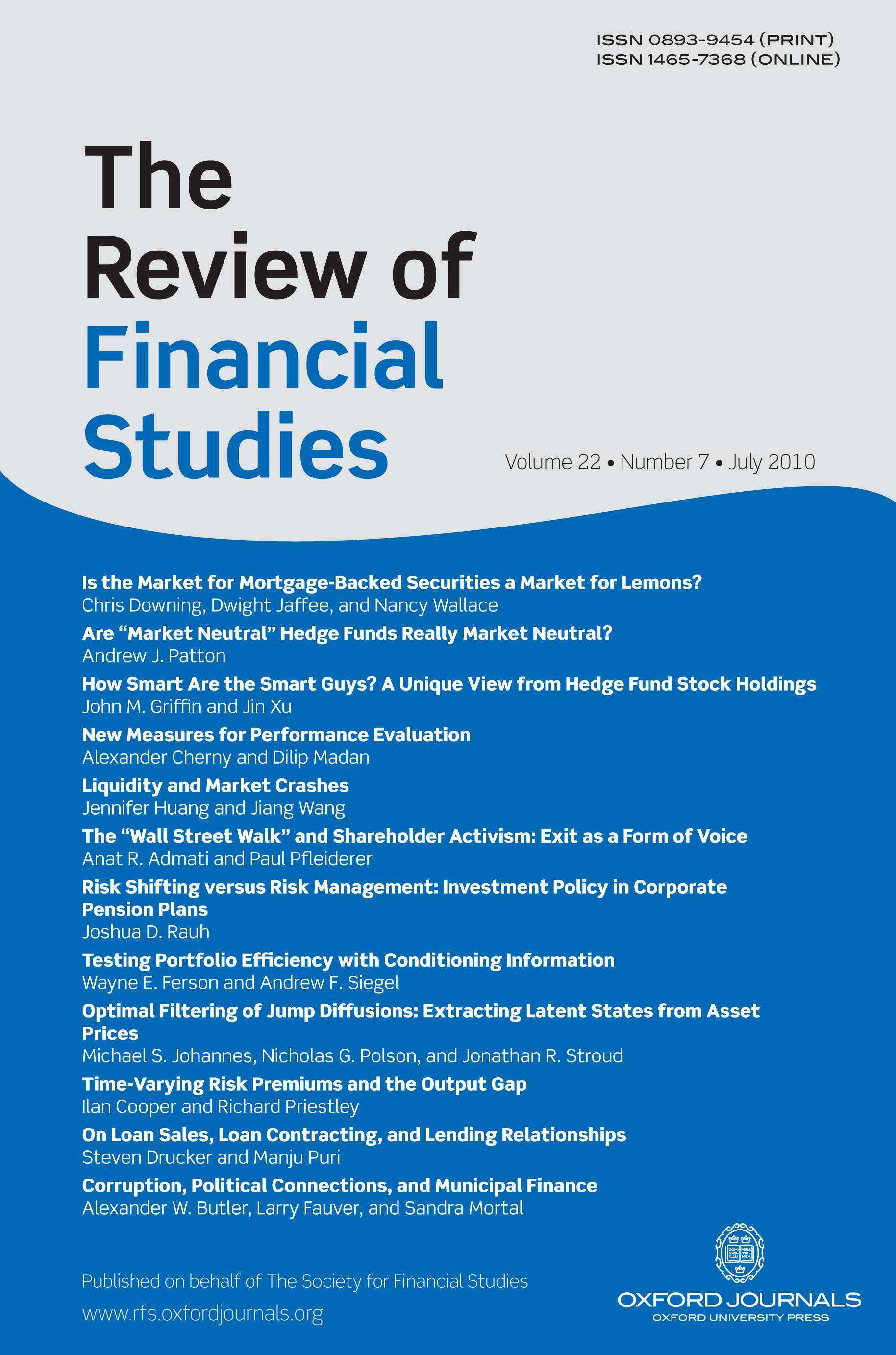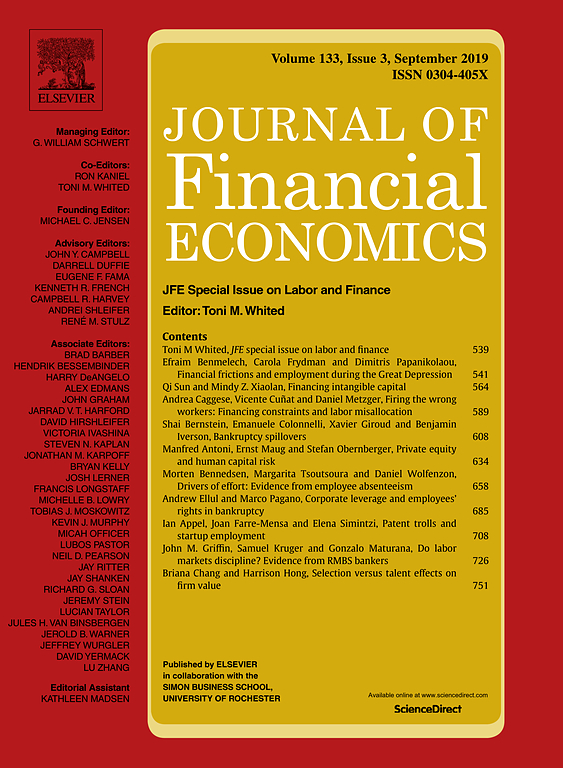Professor Dr. Sascha Steffen

Aktuelle Position
seit 11/14
Forschungsprofessor
Leibniz-Institut für Wirtschaftsforschung Halle (IWH)
seit 8/17
Professor für Finanzen
Frankfurt School of Finance & Management
Forschungsschwerpunkte
- Finanzintermediation
- Banken
Sascha Steffen ist seit November 2014 Forschungsprofessor am IWH. Seine Forschungsinteressen liegen in den Bereichen Bankwesen, Unternehmensfinanzierung und Finanzintermediation.
Sascha Steffen ist Professor für Finanzen an der Frankfurt School of Finance & Management. Zuvor hatte er eine Professur für Finanzmärkte an der Universität Mannheim inne.







